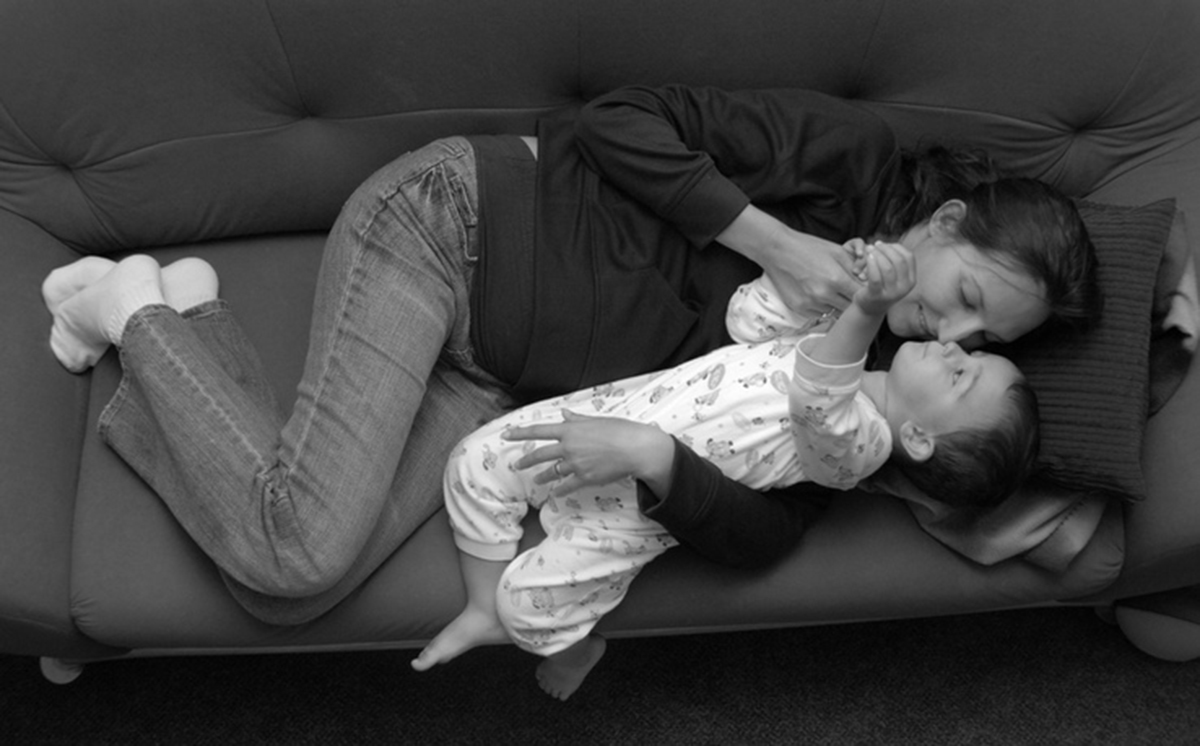Table of Contents
Although acquired heart conditions do develop in children, congenital cardiac conditions are more common. There are many different types of congenital heart conditions, which vary in severity from life-threatening to minor.

Cardiac Conditions From Birth
Below are a few of the more common congenital heart defects seen in children.
Aortic valve stenosis: This congenital cardiac condition is caused by abnormal development of the aortic valve and the heart. Because the valve is deformed and too narrow, blood is not able to flow through it adequately. Symptoms may include, dizziness, chest pain, fever and shortness of breath.
Atrial septic defect: An atrial septic defect is a congenital heart condition caused by an opening in the wall between the right and left atria. It causes a disruption in cardiac blood flow, which leads to extra blood flowing to the heart. As a result, there is an increased demand placed on the heart. Over time the extra work placed on the heart can lead to heart failure. Symptoms may be mild and may not appear until a child has reached adulthood. When symptoms appear in children, they often include difficulty feeding, poor weight gain and rapid breathing.
Hypoplastic left heart syndrome: This congenital condition occurs when the left side of the heart is not developed properly. The left side of the heart carries oxygenated blood to the tissues in the body. In children who have hypoplastic left heart syndrome, the left side is underdeveloped. If the arteries are too small, it affects the amount of oxygenated blood which can be carried to the lungs. Symptoms may include rapid breathing, shortness of breath, grayish skin color.
Treating Cardiac Conditions In Childhood
In some cases, cardiac conditions in childhood may not produce any symptoms or may be minor. If that is the case, treatment may involve routine monitoring of the condition. In other instances, treatment may be required.
In some instances, medication will be needed to regulate blood pressure and increase or decrease the contraction of the heart.
In some types of congenital heart conditions, surgery is needed to repair the condition. For example, in hypoplastic left heart syndrome, surgery is needed in order to restore proper blood flow. In other instances, procedures, such as a balloon valvoplasty are performed to widen the arteries and improve blood flow.
Some types of heart conditions are so severe that the only treatment is a heart transplant. Heart transplants are complex procedure, but are often successful in treating life-threatening cardiac conditions, which cannot be treated otherwise.
See Also: First Organ Donation From An Infant Done In The UK
In many cases, prognosis is good for children with heart problems. Many children are able to be active and go on to have a normal life expectancy. The key is to have the condition accurately diagnosed as early as possible and receive appropriate treatment before additional complications develop.
- www.heart.org/HEARTORG/Conditions/More/CardiovascularConditionsofChildhood/Cardiovascular-Conditions-of-Childhood_UCM_314135_SubHomePage.jsp
- http://www.chop.edu/centers-programs/cardiac-center/conditions
- http://www.mayoclinic.org/diseases-conditions/congenital-heart-defects/basics/definition/con-20034017Photo courtesy of SurfaceWarrior via Flickr: www.flickr.com/photos/navalsurfaceforces/9253857183
- Photo courtesy of familymwr via Flickr: www.flickr.com/photos/familymwr/4929686899


Your thoughts on this